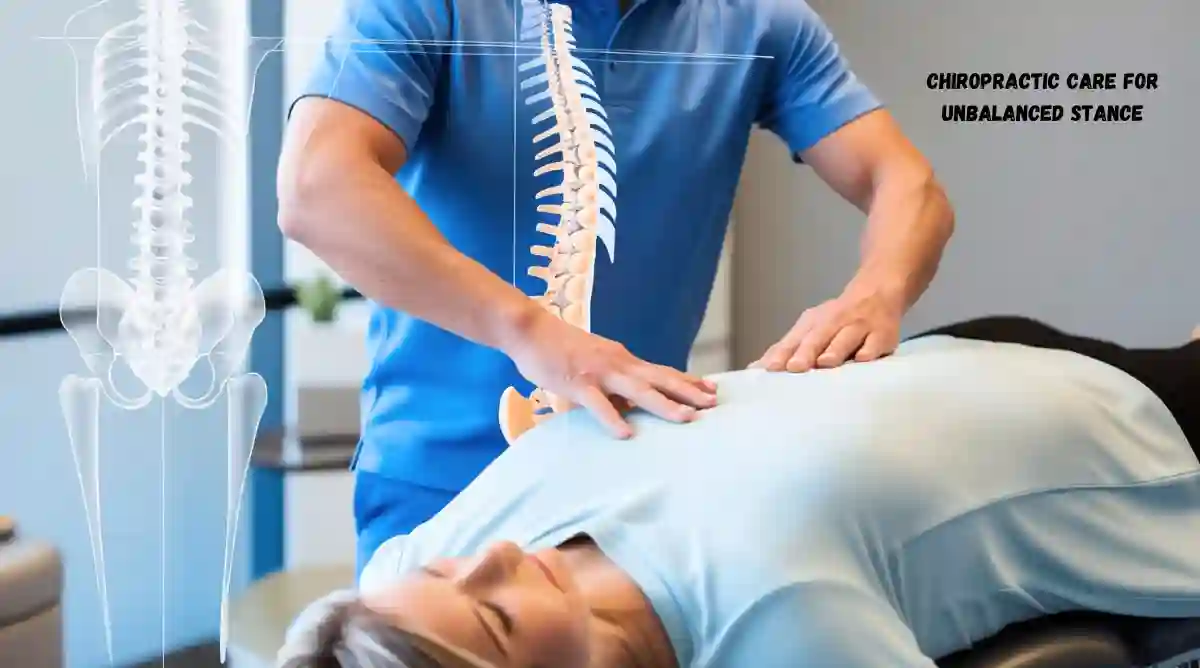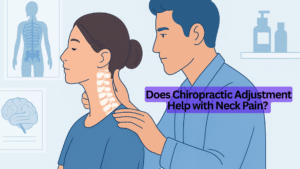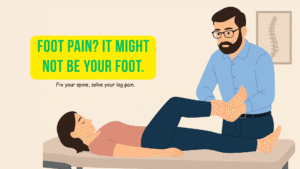Unbalanced stance is a condition of struggling to keep balance while working. It is a posture problem and discomfort. An unbalanced stance can affect your whole body and create pain in daily activities. But you will be happy to know that chiropractors can fix your uneven stance.
In this blog, we are going to talk about chiropractic care for unbalanced stance.
Causes of unbalanced stance
There are many reasons for an unbalanced stance that can make your working tasks uncomfortable.
Here are some common causes
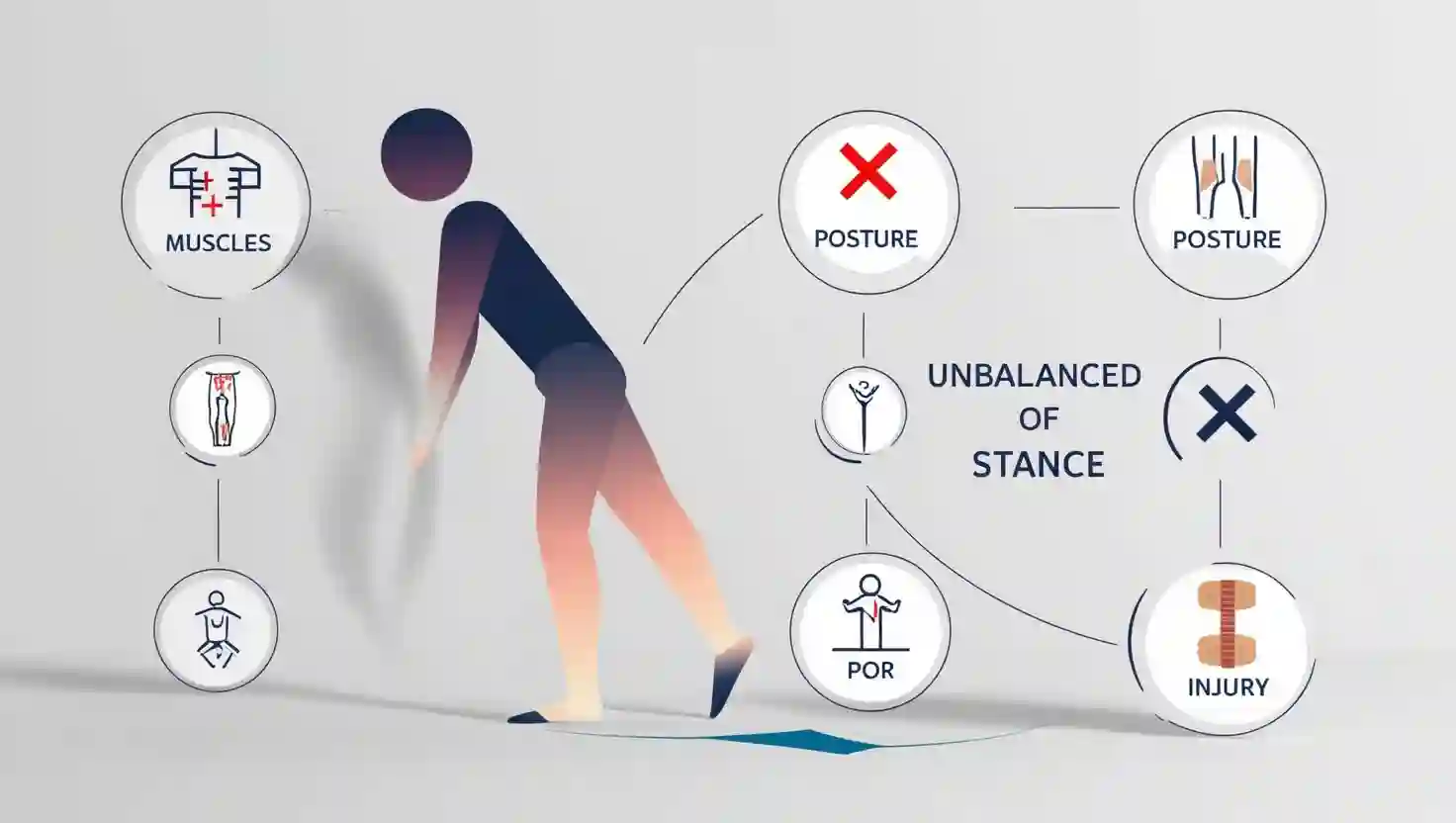
- Muscle Weakness: When muscles of legs, back and shoulder become weak, staying steady may be harder. Weak core muscles, hip flexors, and stabilizers play a major role in maintaining proper posture.
- Injury after an accident: Injury from accidents, such as car crashes or falls, can cause lasting body imbalance. A sprain or fracture could lead to muscle imbalances and improper alignment.
- Wrong posture: When you stand, sit or sleep and your posture is poor, it can convert an unbalanced stance.
- Ear infection: During ear infection, you may feel unbalanced. They can affect the vestibular system, which is responsible for balance.
- Arthritis, stroke and other medical conditions: Arthritis, stroke, and other neurological or musculoskeletal conditions can affect your body balance by causing joint stiffness or muscle weakness.
- Being too tired: Fatigue can lead to imbalance as muscles become weak and less responsive, making it harder to maintain a steady stance.
Symptoms of an unbalanced stance
We make a list of some common signs that you will feel when you are in an unbalanced stance.
- Pressure on One Side: You may notice that one side of your body feels more pressure. It leads to spinal misalignment and causes one side to bear more load than the other.
- Leaning: Your body might lean forward or backward or one side which converts pelvic misalignment or an issue with your spine curvature.
- Stand difficulty: Difficulty feeling in standing leads to problems in spine, hips or inner ear.
- Uneven Shoulders or Hips: One side of the shoulder or hip might look higher than the other. This may be due to scoliosis or other spinal issues.
- Pain in the back, neck, or ankle: Pain in these areas could be directly linked to muscle imbalances or misalignments.
Impact on Your Daily Life and Overall Health
Unbalanced stance may impact on your daily life and health. Here are some examples
Impact on Daily Life
- Walking, standing or sitting for a long time becomes challenging.
- Fear of falling can cause hesitation in activities.
- Physical discomfort and pain can lead to focus on work harder.
- Sports, exercise or simple household tasks turn into limitations.
- Unbalanced stance might make a person uneasy in social settings.
- Long time use of certain muscles or joints can lead to pain and discomfort.
- Chronic imbalance can cause back pain, hip pain, or knee problems.
- Risk of injury will increase more. For example, misalignments can lead to fall-related injuries.
- Long-term imbalance can lead to misalignment of the spine and poor posture.
- Extra energy is needed to compensate for imbalance, leading to fatigue.
An unbalanced stance, through proper diagnosis, chiropractic therapy, or lifestyle changes, can improve both your life and health.
Chiropractic care for unbalanced stance
Chiropractors can fix postural problems by following some therapy like focusing on the alignment of your spine and improving how your body moves. Here’s how it works.
Fixing Misalignments
Chiropractors adjust your spine to correct postural problems. This is helpful for your body to stay balanced. Chiropractic adjustments can realign the spine and pelvis, helping you stand taller and straighter.
Relieving Pain
Poor posture is a cause of pain in your back, neck, or shoulders, and chiropractic care reduces pressure on muscles and joints to remove that pain.
Stretching and exercises
Chiropractors suggest stretching and exercises that can make your injured areas more flexible and help you move better.
Strengthening Muscles
Poor posture is caused by weak muscles. Chiropractors treat you with exercises to strengthen them and make it easier to hold a proper stance. These exercises improve muscle endurance, helping to maintain proper alignment throughout the day.
Preventing Future Problems
You should visit regularly because chiropractors can help stop posture issues from coming back and prevent injuries caused by imbalance.
Benefits of chiropractic care for unbalanced stance
An unbalanced stance can cause discomfort and pain. Chiropractic care provides a natural solution by focusing on alignment and balance. Here’s how it helps.
- Chiropractic adjustments work to align the spine or pelvis and help you stand more balanced.
- Adjustments release uneven pressure and relieve pain without the use of medications.
- Chiropractic care restores mobility and makes it easier to move freely.
- Regular chiropractic adjustments reduce muscle strain and protect you from future complications.
- Chiropractic care boosts your stability and confidence in the work.
- Supports Overall Health: Chiropractors not only fix posture but also guide you with exercises, stretches, and lifestyle tips to maintain a long-balanced result.
Chiropractic diagnostic techniques with unbalanced stance
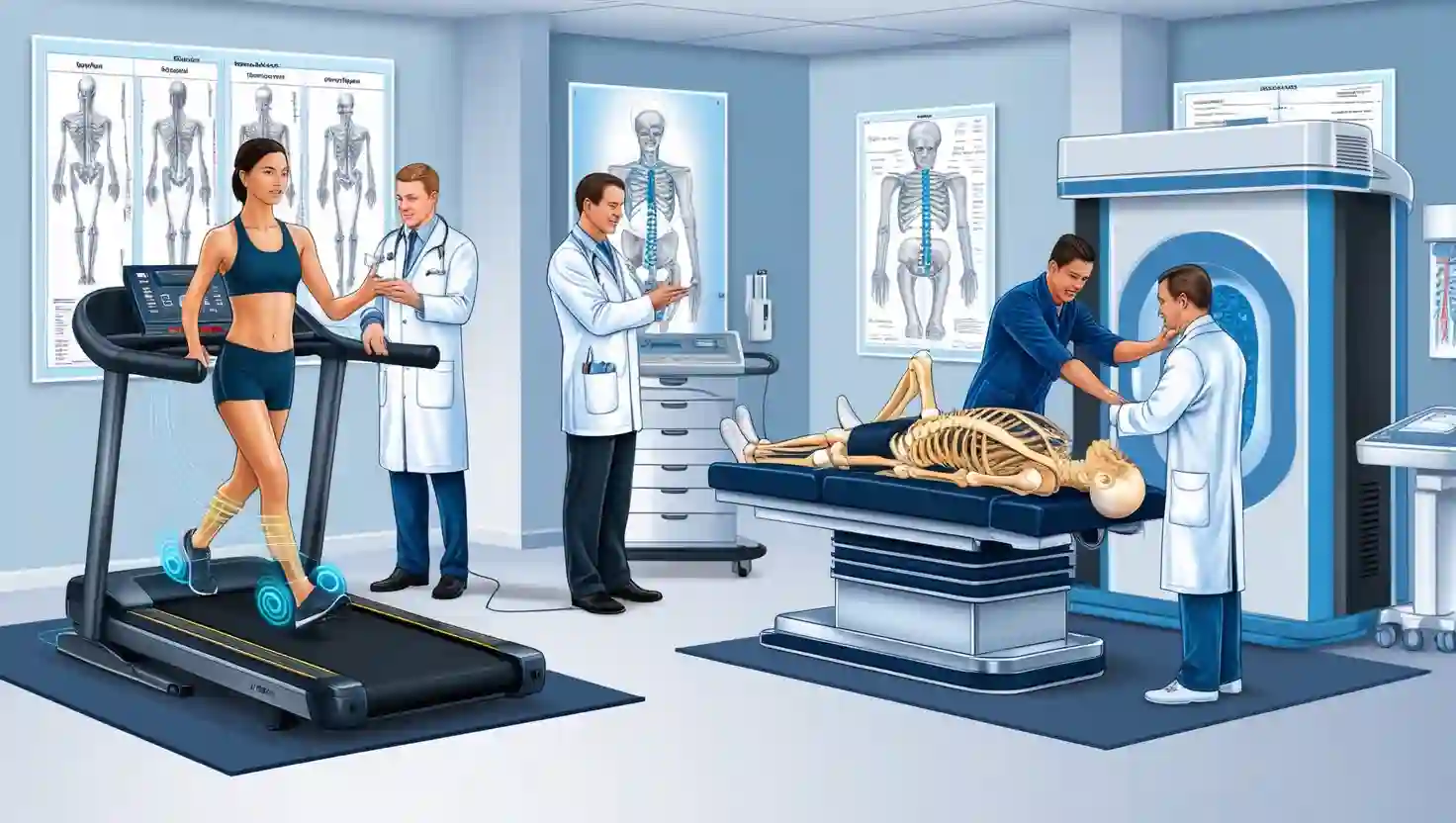
Chiropractors use some diagnostic techniques to identify the causes of unbalanced stance. Here are some common ones
- Examination: Chiropractors may take an exam of your posture while standing, walking and sitting and identify uneven stance of shoulders, hips, or tilts in the spine.
- Spinal Palpation: A handy examination of the spine and surrounding muscles detects tension and misalignments.
- Range of Motion Tests: Chiropractors observe your mobility in certain joints, such as bending forward, backward, or twisting. Slow motion means alignment issues.
- Gait Analysis: Chiropractors observe your walking and identify irregularities in your movement patterns that suggest an uneven stance.
- Leg Length Discrepancy Test: This is a common method to determine if a structural or functional imbalance in leg length contributes to your unbalanced stance.
- X-rays and Imaging: Chiropractors use X-rays to visualize the alignment of the spine, pelvis and joints. Chiropractors may also use MRI to examine soft tissue or nerve involvement.
- Orthopedic and Neurological Tests: These tests assess nerve function, muscle strength, and reflexes to rule out conditions which affect balance and coordination.
- Surface Electromyography (sEMG): Measures muscle activity along the spine to detect unbalanced muscle tension that may contribute to poor posture.
- Balance Testing: Specialized tests may be used to evaluate your ability to maintain balance and highlight potential issues with stance stability.
Recent Developments in Chiropractic Care
In 2023-2024, the field of chiropractic care for unbalanced stance has seen remarkable advancements. New studies have demonstrated the effectiveness of spinal adjustments and other therapies which reduce discomfort and improve posture. Research published in the Journal of Chiropractic Medicine found that patients undergoing regular chiropractic care reported better balance and reduced pain, particularly for those with long-term imbalance issues.
One study from the National Center for Complementary and Integrative Health (NCCIH) in 2023 showed that chiropractic care could be effective in treating conditions like scoliosis and muscle imbalances that often contribute to unbalanced stances. It highlighted that 65% of participants experienced relief from their symptoms after a course of chiropractic therapy.
Case Study: A Success Story
One notable example comes from a chiropractic clinic in California, where a patient struggling with chronic imbalance due to a car accident found relief after six weeks of spinal adjustments and tailored exercise routines. This patient’s story is a reminder of how chiropractic care can restore balance and improve daily life, even in challenging situations.
Technological Advancements in Diagnosis
Technology also plays a major role in chiropractic care. In 2023, a new 3D motion analysis system was introduced, allowing chiropractors to evaluate posture and gait with precision. This system uses infrared cameras and sensors to detect subtle movements and misalignments in real-time, enabling practitioners to create more targeted treatment plans.
The Future of Chiropractic Care
As we move into 2024, there is growing research into the connection between chiropractic care and long-term neurological health. Studies suggest that chiropractic adjustments may help improve proprioception—the body’s ability to sense its position in space—thereby reducing the likelihood of falls and instability in older adults.
The rise in telehealth services has also influenced chiropractic care, with more chiropractors offering virtual consultations for posture assessments. This makes it easier for individuals with an unbalanced stance to receive the guidance they need, even if they cannot visit a clinic in person.
The End
An unbalanced stance is a condition that can significantly affect your daily life and overall health. It causes discomfort, pain and mobility challenges. However, with chiropractic care and proper diagnosis, it is possible to correct postural issues and regain balance. Chiropractors guide natural, drug-free solutions to identify the causes of imbalance, relieve pain, improve flexibility and strengthen muscles. Regular chiropractic care resolves current issues and prevents future complications, promoting long-term health and well-being.
No more today. Thank you for your time reading the blog. We will come again with new blogs. Stay connected.
Make an appointment now to solve your problem.
Call Pineapple Chiropractic and Podiatry
Visit drleefoot.com to schedule your appointment

